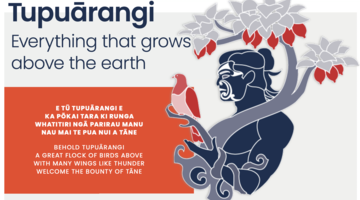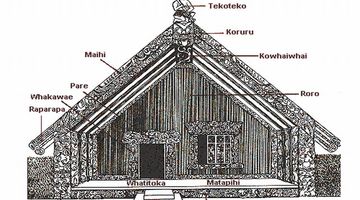Click to add note
Click to add note
Click to add note
Click to add note
Click to add note
Click to add note
Click to add note
Click to add note
Click to add note
Click to add note
Click to add note
Click to add note
Click to add note
Click to add note
Click to add note
Click to add note
Click to add note
Click to add note
Click to add note
Click to add note
Click to add note
This image is found in the article The star compass – kāpehu whetū.
The graphic featured in the video thumbnail appears in the video.
From the article Early Māori measurement.






















